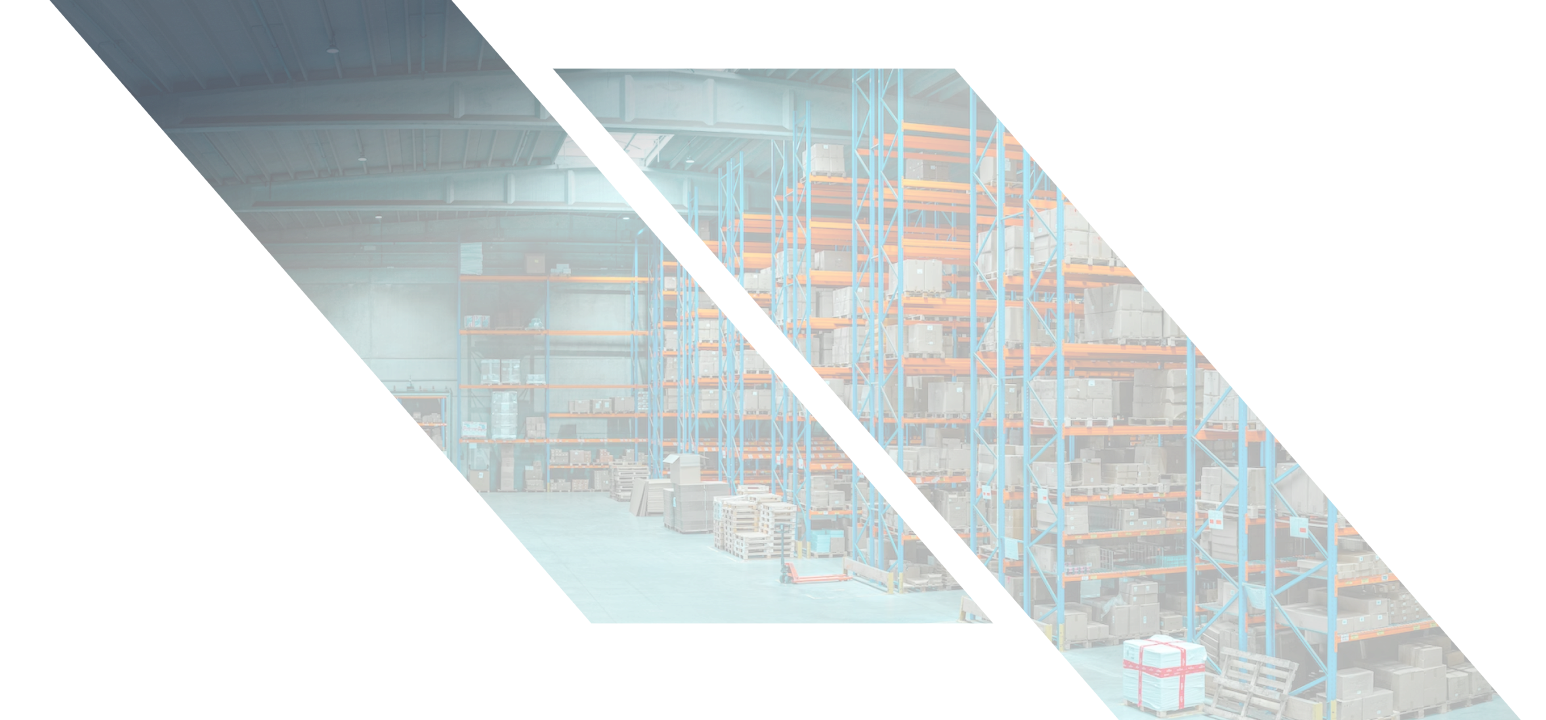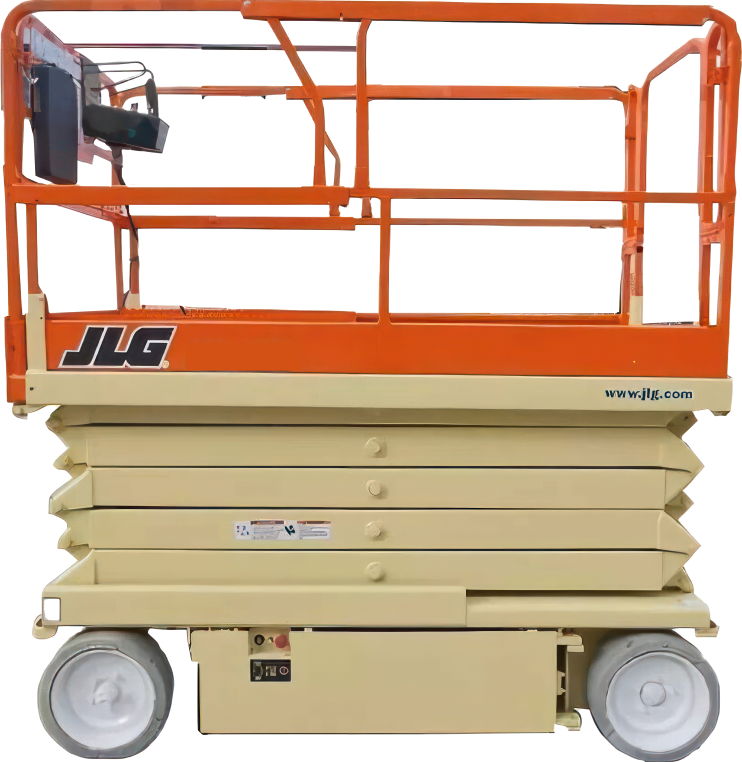





Straight Up Stability
When your elevated worksite is accessible from directly below, a scissor lift is the safest and most efficient way to get the job done. Whether you need a lift for short-term projects or permanent fleet expansion, check out our scissor lift rental options or explore top brands like Skyjack scissor lifts and Genie aerial work platforms.

Six Steps for Choosing the Right Scissor Lift:
1. Determine the height of your workspace. On machine specifications, working height means six feet more than platform height. Actual working height depends on the reach of your personnel.
2. Calculate the weight of your load. Complying with personnel and weight limits is crucial for ensuring the lift’s stability. As of 2021, OSHA requires that aerial lifts have a safety sensor to prevent operating above the machine’s official weight capacity, so do not plan on any “wiggle room” when you choose an aerial lift.
3. Ascertain how large the platform must be for the workers to complete the task. Most scissor lifts come with an extension deck that provides additional horizontal reach in exchange for lower stability and weight capacity. Small platforms are easier to transport to the site, but larger platforms provide workers with more freedom of movement and require less repositioning.
4. Choose a power source appropriate for the site. Indoor environments usually require an electric lift to prevent emissions and noise. If you’re looking for a cost-effective solution, browse our aerial lift rentals for flexible, short-term options. Outdoor environments often mean a gas/LPG machine is necessary to maximize power, especially in extreme cold. Hybrid lifts may be the best choice for units that will be used in varied applications.
5. Choose a chassis and wheels suitable for the ground at your site. For flat, smooth surfaces, such as a gym or warehouse floor, a smaller chassis and wheels are adequate and come in non-marking materials. These small-footprint machines are known as slab scissor lifts. For uneven and sloped terrain, a four-wheel drive machine is necessary and pothole guards may be helpful. Our rough terrain scissor lifts are designed to handle challenging outdoor environments with ease. Make sure your machine has adequate clearance for the ground at your site.
6. Speak to an industry specialist. Once you have determined the height, weight, and platform needs of your task and have considered the type of motor, chassis, and wheels most suitable for your worksite, you are ready to consult with an expert. When purchasing or renting a lift, getting the appropriate machine for your application will save you time, money, and worry. Explore our top scissor lift brands or contact us for expert recommendations on the best scissor lifts for sale or rental options.


